Nationality Norwegian Education University of Oslo | Name Edvard Moser | |
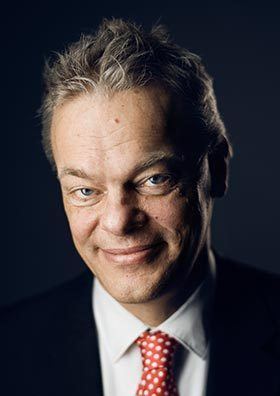 | ||
Institutions Kavli Institute for Systems Neuroscience and Centre for the Biology of MemoryUniversity of Edinburgh Similar People May‑Britt Moser, John O'Keefe, Stefan Hell, Eric Betzig, Isamu Akasaki | ||
Children Isabel Moser, Ailin Moser | ||
May britt and edvard moser winner of the k rber european science prize 2014
Edvard Ingjald Moser ([edvɑɖ mɔːsɛr]; born 27 April 1962) is a Norwegian psychologist and neuroscientist, who is a scientific member of the Max Planck Institute for Neurobiology near Munich, Germany. He shared the Nobel Prize in Physiology or Medicine in 2014 with his then-wife May-Britt Moser and their mentor John O'Keefe for their work identifying the place cells that make up the brain's positioning system.
Contents
- May britt and edvard moser winner of the k rber european science prize 2014
- Grid cells and neural maps of space edvard moser
- Early life
- Career
- Honours
- Other
- Selected publications
- References
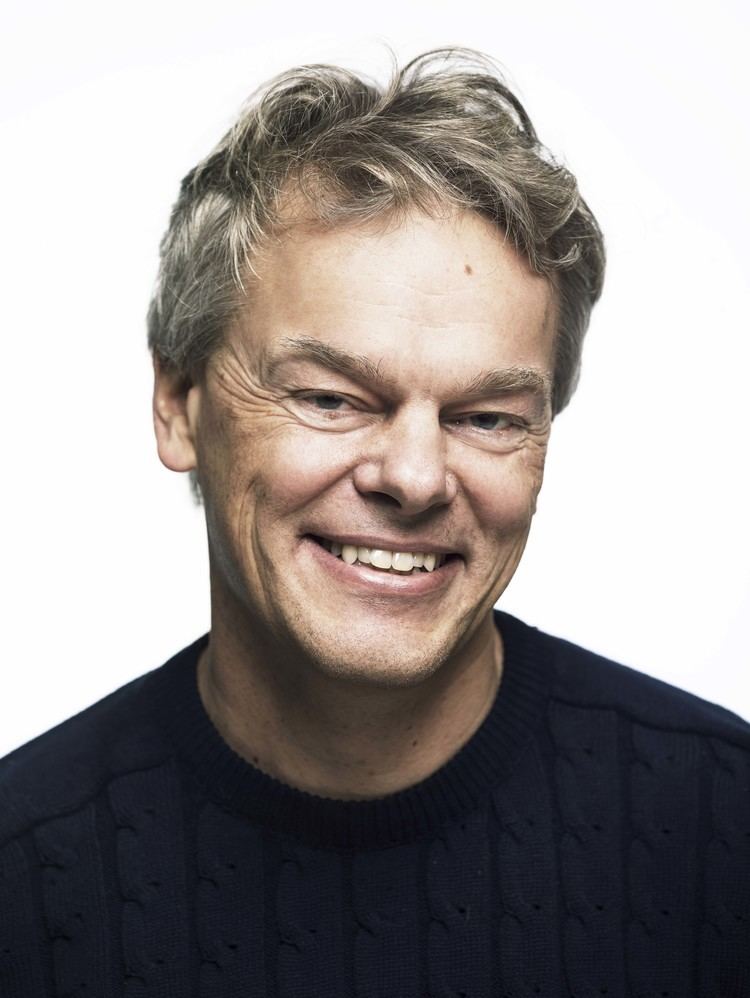
Moser was born to German parents who had moved to Norway in the 1950s, and grew up in Ålesund. He studied psychology at the University of Oslo, was appointed as associate professor in psychology at the Norwegian University of Science and Technology (NTNU) in 1996 and was promoted to professor of neuroscience in 1998. He later became head of department of the Institute for Systems Neuroscience at NTNU.
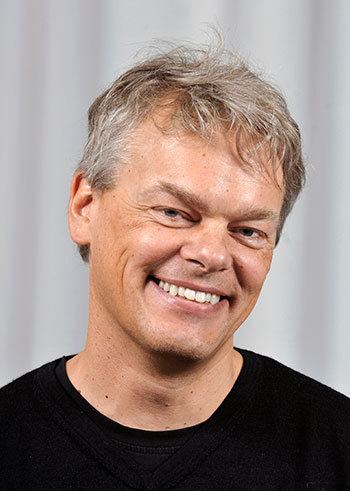
Grid cells and neural maps of space edvard moser
Early life
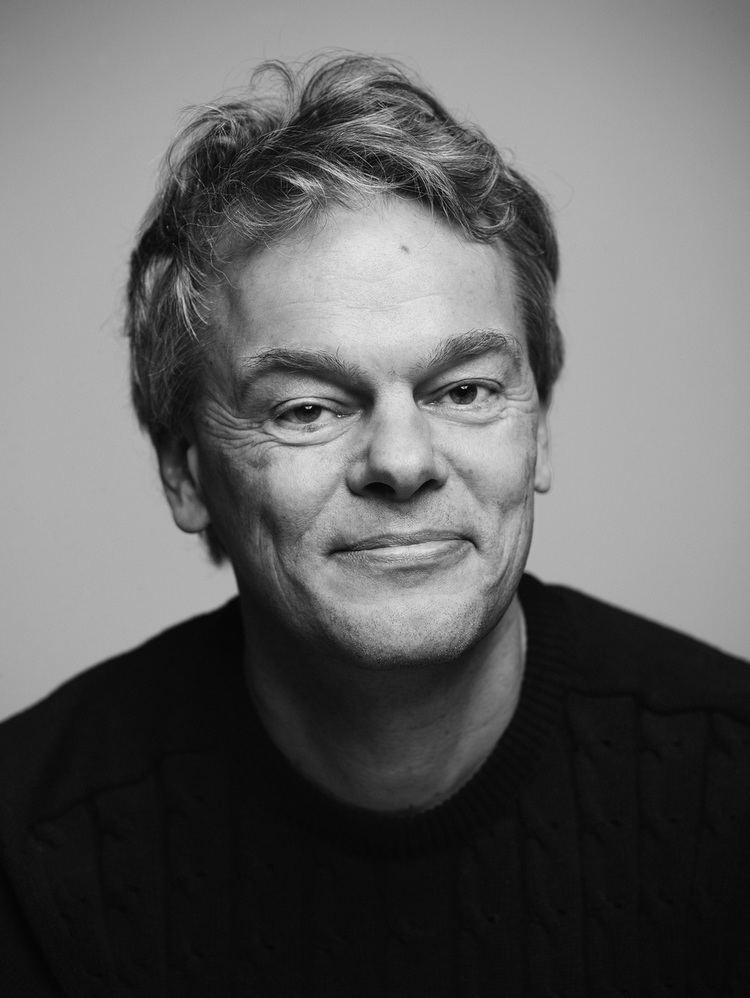
Moser was born in Ålesund to German parents who had emigrated from Germany to Norway in the 1950s. His mother originally was from Essen and his father from Kronberg im Taunus. Moser is a South German topographic name for someone who lived near a swamp or mire (South German Moos). The Moser family initially lived at Haramsøya, where his father, a pipe organ builder, was employed. Later they relocated, first to Hareid and then to Ålesund. He was raised in conservative Christian family.
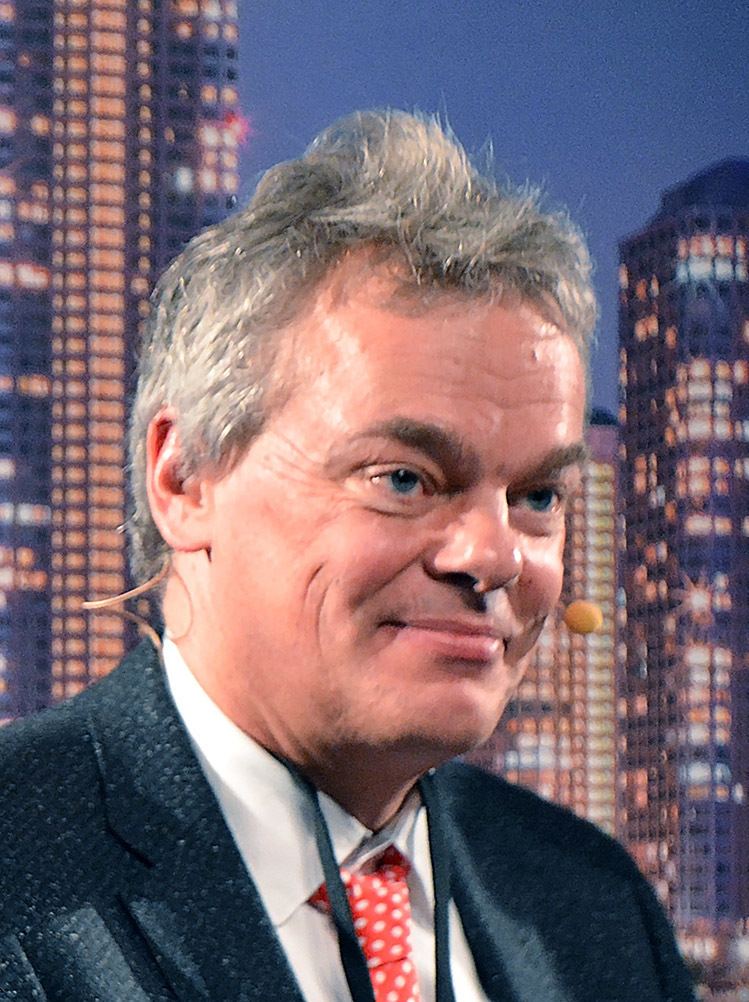
Edvard Moser married May-Britt Moser in 1985 when they were both students. They announced that they are divorcing in 2016.
Career
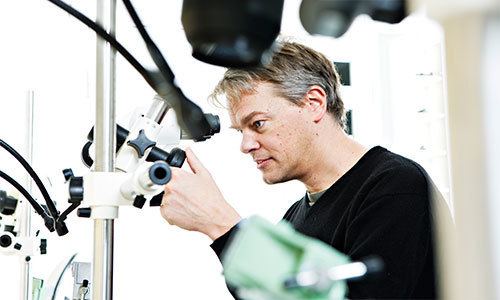
Edvard Moser was awarded the cand.psychol. degree in psychology from the University of Oslo in 1990 and the dr.philos. doctoral research degree in the field of neurophysiology in 1995. He also has studied mathematics and statistics. Early in his career, he worked under the supervision of Per Andersen.

Moser went on to undertake postdoctoral training with Richard G. Morris at the Centre for Neuroscience, University of Edinburgh, from 1995 to 1997, and was a visiting postdoctoral fellow at the laboratory of John O'Keefe at the University College, London for two months.

Moser returned to Norway in 1996 to be appointed associate professor in biological psychology at the Norwegian University of Science and Technology (NTNU) in Trondheim, which he held until 1998. In the same year, Moser was promoted to a position as full professor of Neuroscience at NTNU. Moser is also head of department of the NTNU Institute for Systems Neuroscience.
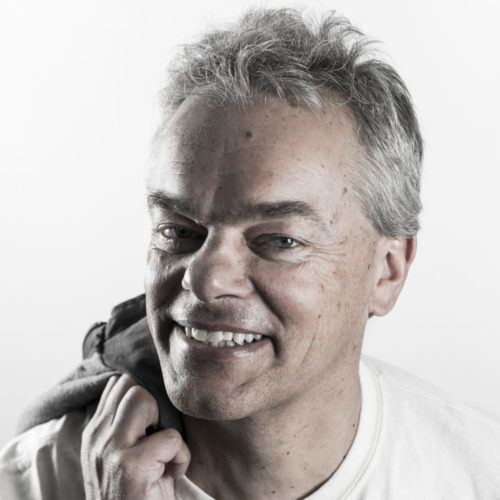
He is a member of the Royal Norwegian Society of Sciences and Letters, Norwegian Academy of Science and Letters, and the Norwegian Academy of Technological Sciences.
He is also an Honorary Professor at the Centre for Cognitive and Neural Systems at the University of Edinburgh Medical School.
Honours
Other
Edvard Moser has been a member of the board of reviewing editors in science since 2004 and he has been reviewing editor for Journal of Neuroscience since 2005. Edvard Moser chaired the programme committee of the European Neuroscience meeting (FENS Forum) in 2006.
Selected publications
List of publications by Edvard Moser in CRIStin
